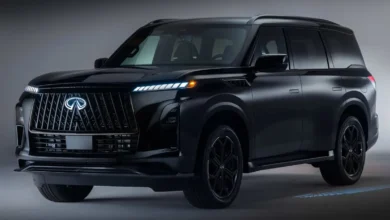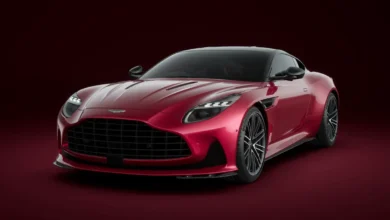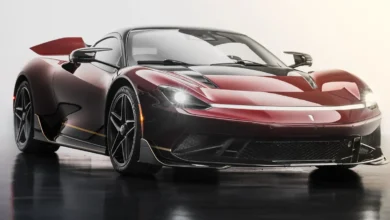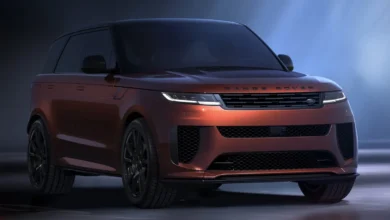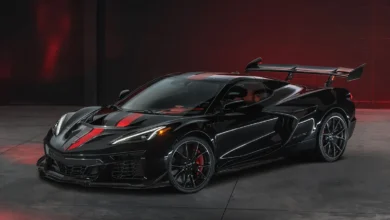2025 Dodge Charger Daytona EV Review: A New Era of Electric Muscle
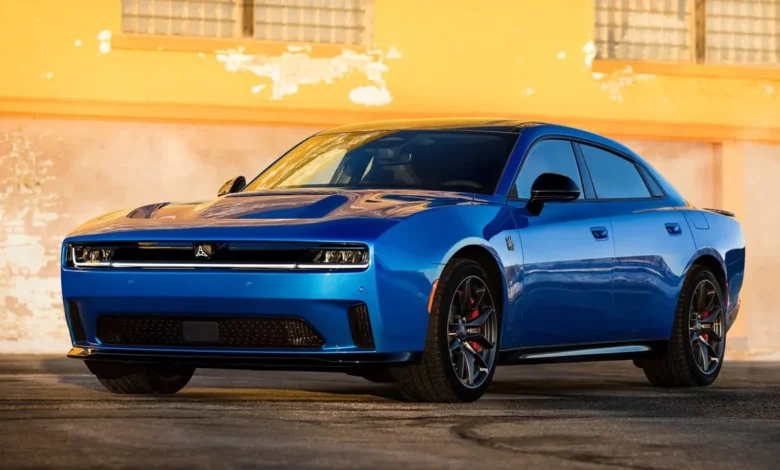
2025 Dodge Charger Daytona EV Review: In the world of automotive evolution, few transformations are as daring and disruptive as Dodge’s move to electrify the iconic Charger. The 2025 Dodge Charger Daytona EV is more than a bold attempt to keep muscle cars relevant—it’s a high-performance electric marvel infused with nostalgia, aggression, and futuristic innovation. The Charger Daytona EV’s performance, design, interior features, charging specifications, advantages and disadvantages, pricing strategy, and comparison to other EVs on the market are all covered in detail in this in-depth study.
The Resurrection of a Muscle Car Legend
The Charger nameplate is historically associated with V8 rumbles, tire-smoking burnouts, and unapologetic street presence. With the 2025 Charger Daytona EV, Dodge aims to retain that muscle car soul while replacing the gas-guzzling heart with electric motors. This EV isn’t just a cosmetic facelift—it’s an entire reimagining of the American performance vehicle.
The Charger Daytona EV is built on Stellantis’ STLA Large platform, designed specifically for high-output EVs. It’s an all-wheel-drive coupe with a powerful stance, innovative aerodynamic features, and a unique digital personality. Dodge has deliberately blended classic styling with modern aggression, allowing fans of the old Charger to connect emotionally with this future-forward machine.
Exterior Design: Classic Meets Cutting Edge
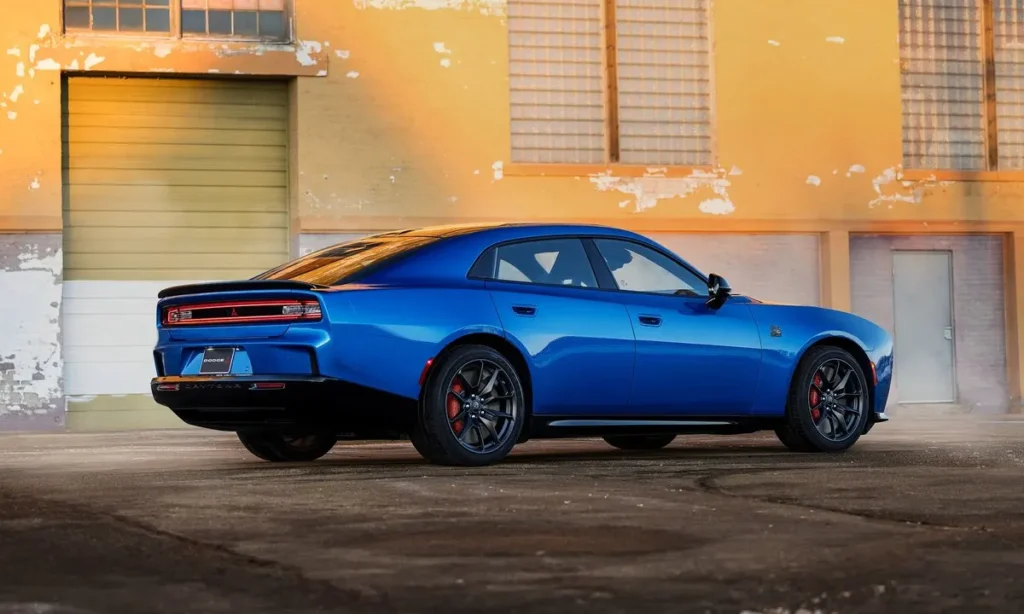
The 2025 Charger Daytona EV holds tightly to its muscle car roots. The exterior is bold, wide, and imposing. One of the most striking features is the R-Wing—a front aerodynamic wing that mimics a traditional grille while improving airflow and downforce. It’s both functional and symbolic of Dodge’s effort to maintain its performance DNA.
A fastback roof, honed body lines, and aerodynamically improved flush door handles are other design features. LED lighting signatures and 20-inch wheels further emphasize its muscular profile. The car’s wide stance and low-slung hood scream performance even when parked. And yes, the Fratzog badge—a 1960s-era Dodge logo—returns as a modern emblem of electrified power.
Performance and Powertrain: Electrifying the Muscle
The R/T and the Scat Pack are the two primary versions in which the Charger Daytona EV will be introduced. Both are dual-motor all-wheel-drive EVs, but their performance metrics differ significantly.
The R/T trim produces up to 496 horsepower and includes Dodge’s innovative “PowerShot” feature, which temporarily boosts performance by 40 additional horsepower at the push of a button. The Scat Pack is the more extreme variant, delivering 670 horsepower and 627 lb-ft of torque. It can accelerate from 0 to 60 mph in approximately 3.3 seconds—a figure that rivals traditional V8-powered muscle cars.
Both variants include multiple drive modes such as Auto, Eco, Sport, Track, and Drift. The Scat Pack adds Launch Control and a unique Drag Mode. While some purists may mourn the loss of engine growls, Dodge offers a solution: the Fratzonic Chambered Exhaust, a speaker-based system that emits synthetic muscle-car sounds at up to 126 decibels.
Read: 2027 Porsche Cayenne EV: A New Era of Electric Luxury and Performance
Battery, Range, and Charging
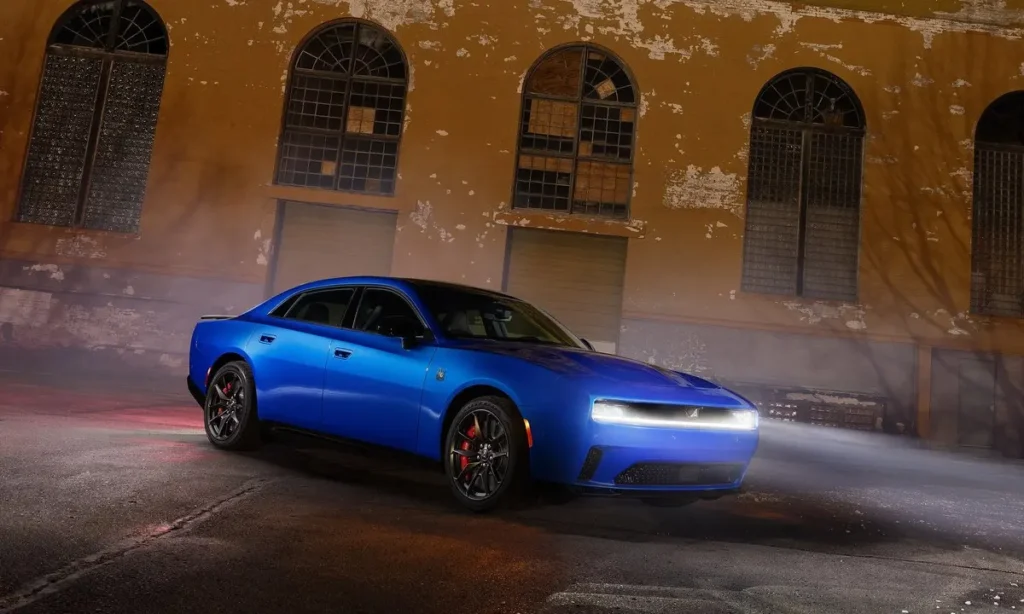
Under the body lies a massive 100.5 kWh battery pack, of which around 93.9 kWh is usable. It supports 800-volt architecture, meaning faster charging times. According to Dodge, the system can recharge from 20% to 80% in under 30 minutes with a DC fast charger.
The range depends on the trim. The R/T is estimated to provide up to 308 miles of driving range under ideal conditions. The Scat Pack has a reduced predicted range of 216 miles due to its aggressively adjusted performance.
Although these figures are competitive, they are not as good as those of other EVs in the same price range, like the Tesla Model S or Lucid Air, which even in their performance versions provide more over 300 miles. Still, Dodge argues that the Charger Daytona prioritizes performance and engagement over hyper-efficiency.
Interior Features and Technology
Step inside the 2025 Charger Daytona EV, and you’ll find a cabin that bridges retro styling and modern technology. The cockpit features a flat-bottom steering wheel, race-style paddle shifters, and a center console that flows aggressively into the dash. The shifter mimics the look of a classic pistol grip, offering tactile satisfaction.
Two massive screens dominate the interior experience: a 16-inch digital instrument cluster and a 12.3-inch central infotainment touchscreen running the latest Uconnect 5 software. A third 8.3-inch screen is angled toward the driver for quick-access performance controls.
Ambient lighting wraps around the cabin, dynamically changing based on drive mode. Materials range from Alcantara and leather to textured metal trims. Rear seats are spacious thanks to the fastback design and hatchback configuration, which also grants generous cargo capacity.
Driving Experience and Road Feel
Unlike many EVs that prioritize silent luxury or eco-friendliness, the Charger Daytona EV is tuned to feel raw and aggressive. The instant torque from its dual motors is explosive. Dodge’s engineers have added calibrated suspension and adaptive dampers to help keep the near 6,000-pound beast agile and planted.
Handling is sharp, particularly in the Scat Pack trim. Braking power comes from Brembo performance brakes, and the regenerative braking system is adjustable. The ride is comfortable enough for everyday use without compromising track potential because it feels solid but not harsh.
Despite the synthetic exhaust, real-world testers have noted that the sound system lacks the visceral impact of an actual V8. However, the overall experience still delivers on the promise of a muscle car—just with fewer emissions and smoother power delivery.
Pricing and Trim Levels
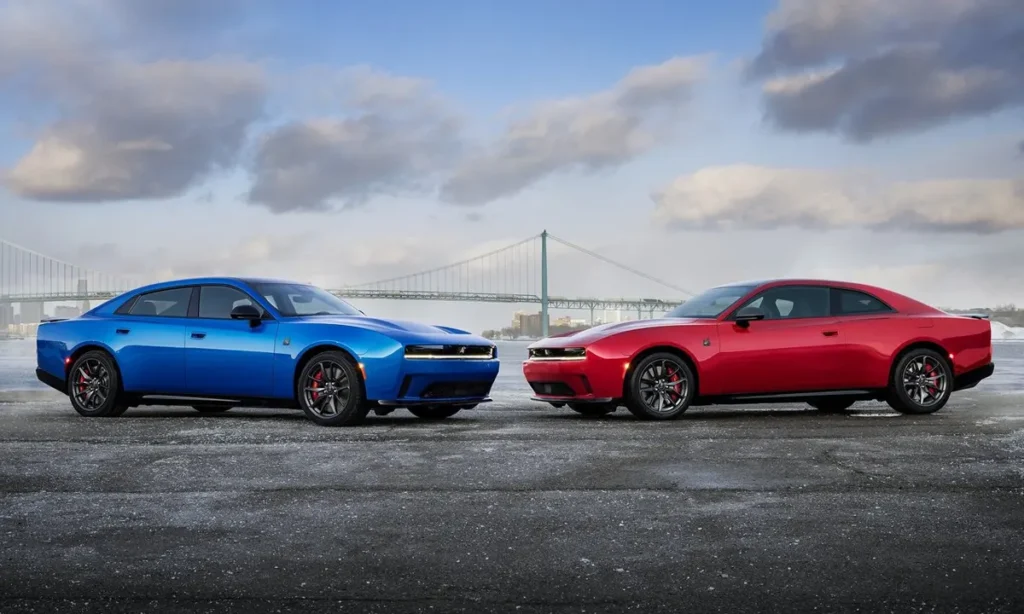
Pricing for the 2025 Dodge Charger Daytona EV starts at around $59,000 for the R/T model and goes up to nearly $67,000 for the Scat Pack. With options and packages, fully-loaded versions can climb above $78,000.
This places the Charger Daytona EV in competition with high-performance EVs like the Tesla Model S Dual Motor, BMW i4 M50, and Audi e-tron GT. While those cars may offer longer ranges or more polished interfaces, few can match the Charger’s bold styling and unique position as the first true “electric muscle car.”
Here’s a quick pricing comparison table:
| Model | Power Output | 0-60 MPH | Range (mi) | Starting Price |
| Dodge Charger R/T | 496 hp | ~4.0 sec | ~308 | $59,000 |
| Dodge Charger Scat Pack | 670 hp | ~3.3 sec | ~216 | $67,000 |
| Tesla Model S | 670 hp | ~3.1 sec | ~405 | $74,990 |
| BMW i4 M50 | 536 hp | ~3.7 sec | ~270 | $67,300 |
| Audi e-tron GT | 522 hp | ~3.9 sec | ~238 | $104,900 |
Pros and Cons of the Charger Daytona EV
Few electric vehicles can match the Charger Daytona EV’s impressive performance, classic appearance, and brand legacy. Its instant acceleration, configurable drive modes, and aggressive aesthetic make it one of the most exciting EVs of the year.
However, drawbacks include its relatively short range (especially in the Scat Pack), lack of some modern features like a 360-degree camera, and an infotainment system that feels a bit cluttered. The synthetic exhaust system also polarizes opinion—it’s loud, but lacks authenticity.
Is the Charger Daytona EV Worth It?
If you’re a performance enthusiast craving a modern interpretation of the muscle car with a futuristic twist, the Charger Daytona EV hits all the right notes. It may not be the most efficient or tech-forward EV, but it offers something others don’t—character, attitude, and muscle heritage electrified.
For fans of American muscle who don’t want to transition to quiet, subdued EVs, this car offers a perfect bridge between tradition and innovation. It’s not just an electric vehicle; it’s an electric statement.
Frequently Asked Questions (FAQ)
Q1: What is the top speed of the 2025 Dodge Charger Daytona EV?
The Charger Daytona EV has an estimated top speed of around 155 mph, depending on the trim and configuration.
Q2: Does the Charger EV qualify for tax credits?
The R/T trim may qualify for up to $7,500 in federal EV tax credits depending on lease structure and eligibility.
Q3: Can I charge it at home?
Yes, the Charger EV can be charged at home using Level 1 or Level 2 chargers. For faster charging, a DC fast charger is recommended.
Q4: Does it come with rear-wheel-drive?
No, both launch variants feature dual-motor all-wheel drive setups.
Q5: Will Dodge offer gasoline versions of the Charger in 2025?
Yes, Dodge plans to release inline-six gasoline-powered “Sixpack” models later in 2025 for buyers preferring combustion engines.

